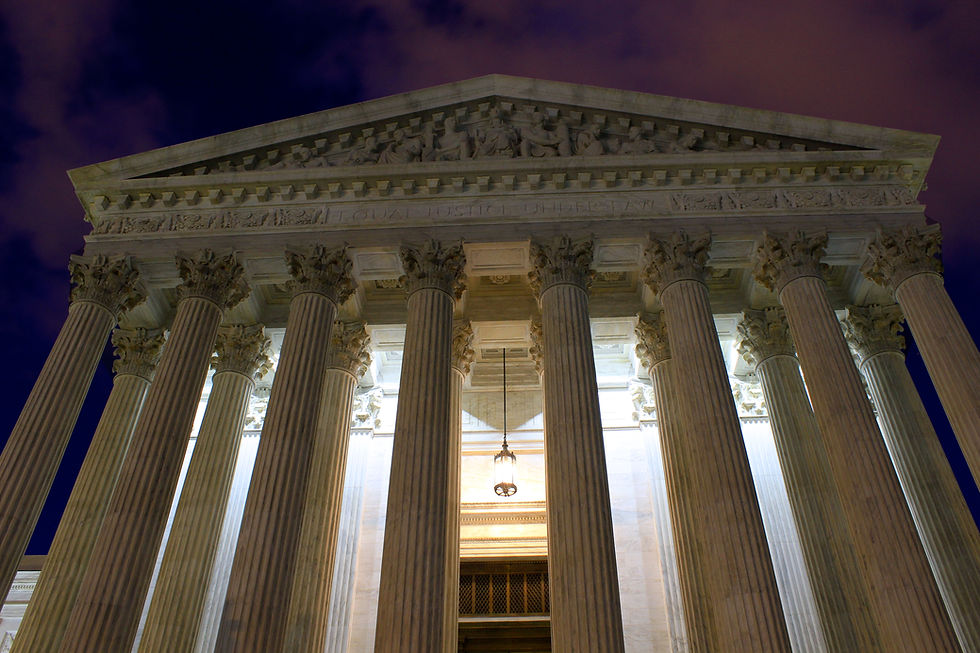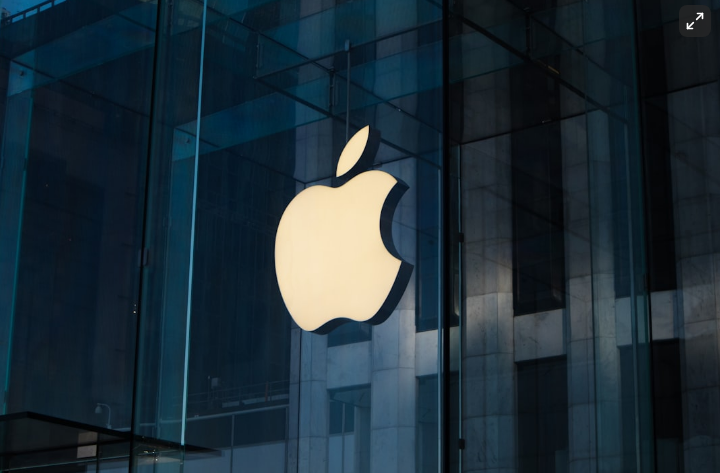Supreme Court’s Clear Support for Trump Without Explanation Raises Alarm Across the Judiciary
- Natalie Frank
- Sep 9
- 4 min read
Updated: Sep 10
Lower court judges assert unexplained rulings in Trump's favor erode trust, clarity, accountability
Natalie C. Frank, Ph.D September 9, 2025

WASHINGTON — The Supreme Court has again intervened on behalf of the Trump administration, issuing brief, unexplained orders that pause lower-court rulings and give the president room to act on contested policies. That pattern, increasingly common since Trump’s return to office, has drawn sharp criticism from judges and legal scholars who say the Court is sacrificing transparency at a time when its choices carry heavy political weight.
This week, the Court allowed the administration to withhold $4 billion in foreign aid that Congress had approved, blocking a lower court’s order to release the funds. A day earlier, it sided with the administration on immigration enforcement, allowing federal agents to resume roving patrols in Los Angeles despite worries about racial profiling. In both cases, the justices provided little or no explanation.
These rulings, handed down through what is called the “shadow docket,” mark two of at least 18 times since January that the Court has granted the administration’s emergency requests; it has denied such requests only twice. That success rate, and the absence of stated reasoning, has unsettled lower-court judges who are left to guess at the Court’s thinking.
Justice Sonia Sotomayor, in a dissent on the immigration order, called the decision “yet another grave misuse of our emergency docket,” saying some rulings “simply cry out for an explanation.” Justice Ketanji Brown Jackson, in a recent dissent, voiced similar concerns, describing the Court’s approach as shifting the rules in a way that appears to favor one side.
Frustration is growing in federal district courts, where judges are supposed to follow Supreme Court precedent but increasingly lack clear guidance. Ten federal judges told NBC News last week that the Court’s silence makes their work harder and encourages Trump’s allies to claim big wins. One judge, who ruled against the administration in a separate funding dispute, called Justice Neil Gorsuch’s criticism of lower courts “unhelpful and unnecessary.”
Legal observers warn the Court’s deference to Trump on the shadow docket has real consequences. Once policies take effect, funds withheld, immigrants deported, programs dismantled, the practical harm is hard to undo, even if the Court later reverses itself. That’s why preliminary injunctions exist: to preserve the status quo until full arguments can be heard.
Why the justices so often side with Trump is unclear. Some point to ideological alignment, with the conservative majority more open to strong executive claims. Others say the administration has become more aggressive in seeking emergency relief, filing nearly as many requests in Trump’s first 20 weeks back as the Biden team did in four years. The Court has granted most of them.
There is also the context in which these political situations are taking place. There’s a political backdrop. Trump’s return has brought a wave of legal fights, many about policies lower courts have blocked. The administration has painted those judges as hostile, saying they’re getting in the way of the president’s constitutional powers. By moving fast and often siding with Trump, the Supreme Court may be signaling impatience with what some justices see as judicial resistance.
Critics say the price is legitimacy. Carolyn Shapiro, a law professor at Chicago-Kent College of Law, warned the message to trial judges is clear: “Any time you rule against the Trump administration, we are likely to stay your order.”
That perception is filtering into the judiciary. In Massachusetts, U.S. District Judge William Young seemed to apologize after Justice Gorsuch accused lower courts of “defying” the Supreme Court over a case on health research grants. His colleague, Judge Allison Burroughs, pushed back, openly rejecting Gorsuch’s rebuke.
Even some conservative justices acknowledge the tension. Justice Brett Kavanaugh recently admitted there can be a “lack of clarity” in emergency rulings, and Justice Amy Coney Barrett praised district judges for “working so hard to get it right.” Those remarks may try to calm critics, but they don’t solve the central problem: the lack of written explanations that would let the public—and other courts—see the legal reasoning behind these decisions.
The stakes are high. By refusing to explain why it sided with Trump, the Court lets the administration claim sweeping powers it may not actually have. For example, the Education Department treated a shadow docket order as proof of broad presidential authority, even though the Court gave no sign that this was its reasoning. Without written opinions, there’s no way to challenge that claim.
At its core, this is about accountability. Courts don’t just resolve disputes; they explain their reasoning so similar cases are treated the same, and the public can see justice being done. As the Supreme Court repeatedly stays silent in cases involving Trump, that accountability is eroding. The frustration among lower-court judges shows this isn’t just academic or partisan—a split is opening up inside the judiciary itself.
As Justice Elena Kagan put it, “Courts are supposed to explain things.” Increasingly, the Supreme Court is not.
Tuesday, the Supreme Court agreed to decide whether Trump will be allowed to impose his most radical and comprehensive tariffs to date. Judges countrywide are bracing for the storm.






